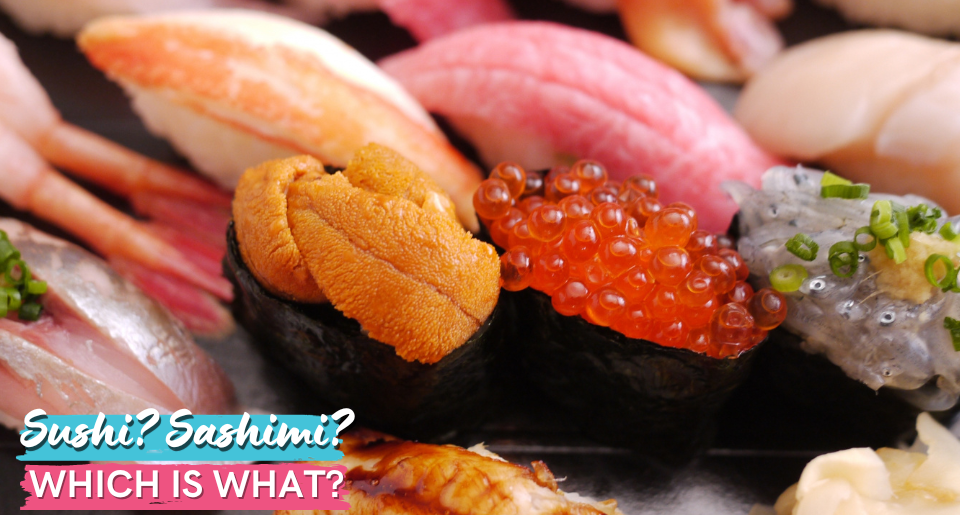Contents
Introduction
Are you also mixing up sushi and sashimi? No problem, it's common to confuse them as these two fancy Japanese dishes are often artfully presented together in restaurants, with the star of the show being the vibrant, fresh raw fish. But now it's time to clear up that confusion once and for all with absolute clarity – we'll break down every aspect of these famous traditional Japanese dishes, from their key ingredients to their preparation methods, different types, serving styles, dining etiquette, and finally, the mouthwatering flavors they offer. So, stay tuna!
Sushi vs. Sashimi: Understanding the Key Differences
While sushi and sashimi have gained immense popularity in Western countries and other regions outside Japan, there's still some occasional confusion about the distinctions between these two beloved dishes. So, for all non-Japanese readers, here's a clear breakdown of the main differences between these two exquisite culinary creations:
1. Essential Ingredients
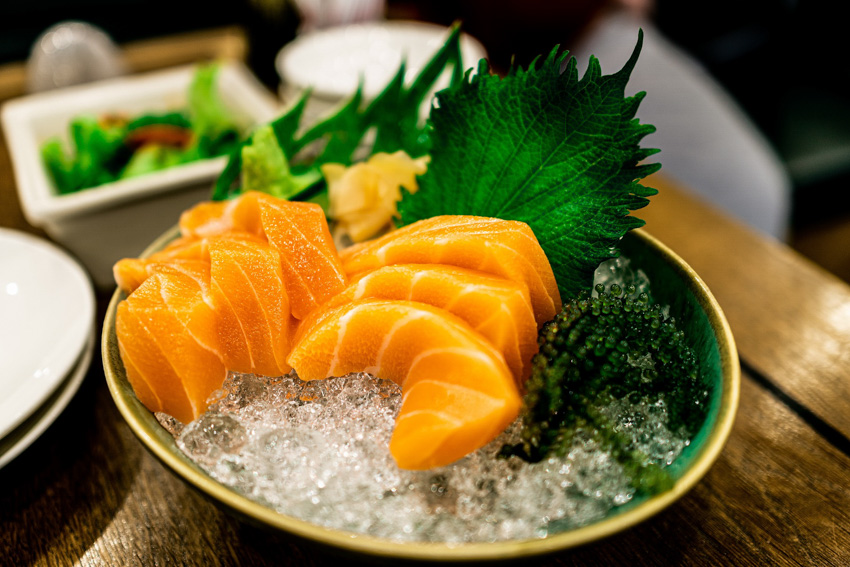
Sushi (寿 司) is a traditional Japanese dish that has gained immense popularity worldwide, typically consisting of vinegared rice combined with various delicious fillings such as fresh seafood and vegetables. Sushi is usually accompanied by pickled ginger, wasabi, and soy sauce to enhance its flavor and add an extra kick to each mouthful.
On the other hand, Sashimi (刺身) is all about thinly sliced, super-fresh raw fish. Unlike sushi, it's served without the vinegared rice as the main focus is entirely on the fish itself. It's common to find soy sauce and wasabi served alongside sashimi, with the option to garnish it with green onions or radishes.
2. Famous Types
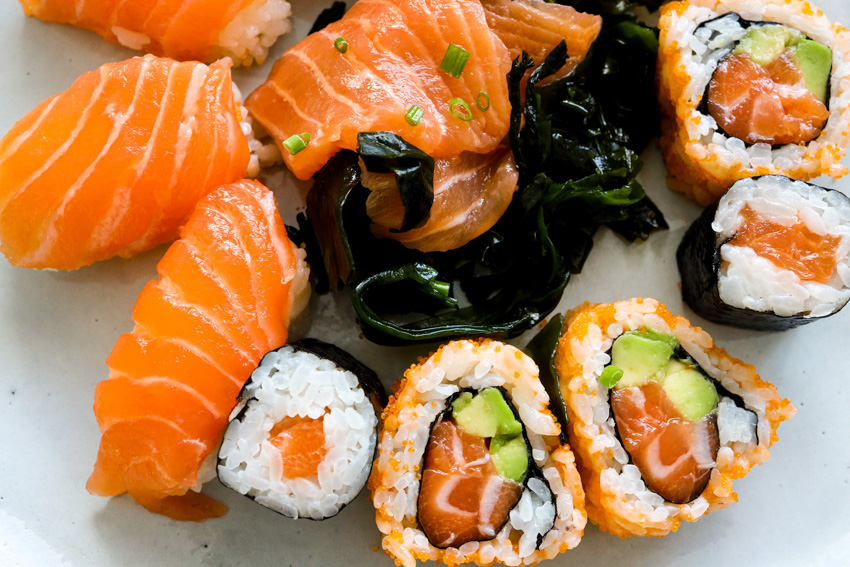
Sushi is a versatile dish that can be presented in a variety of delightful forms. One of the most common types is sushi rolls, known as Maki sushi, where a nori seaweed sheet is placed on a bamboo mat. Seasoned rice then covers the nori evenly, and fresh fish, veggies, and more are layered on the rice. Finally, rolling tightly with the bamboo mat creates a cylindrical roll, which is then sliced into neat bite-sized pieces, all set to be enjoyed in a single mouthful. Nigiri sushi is another popular style, where a small amount of seasoned rice is hand-shaped into an oblong mound and a slice of fresh fish (often with a dab of wasabi in between) is placed on top of the rice.
When it comes to sashimi, it doesn't involve any complicated processes other than the artful slicing of seafood. What sets sashimi apart from sushi is that sashimi is all about enjoying pure, unadulterated raw fish, including options like salmon, tuna, yellowtail, mackerel, shrimp, squid, shellfish, and more.
3. Fancy Flavors
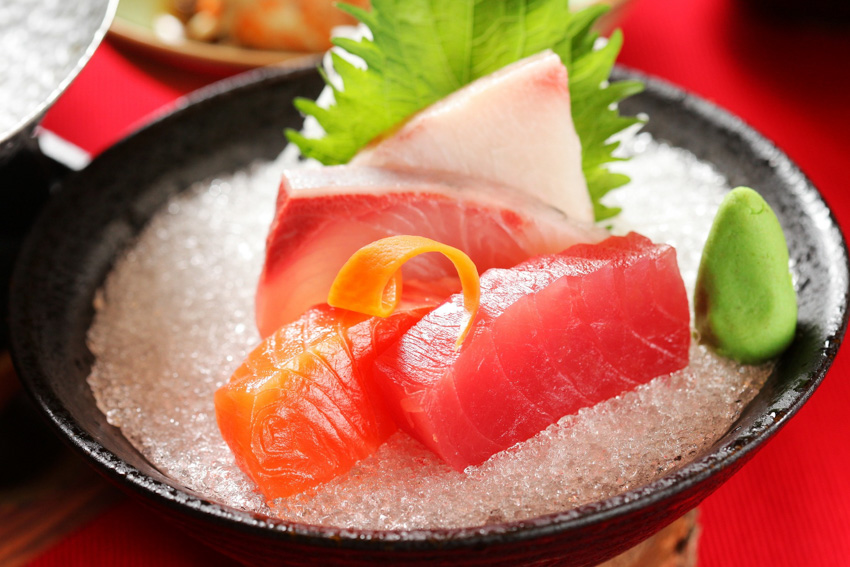
Sushi is celebrated not only for its artistic presentation and the meticulous selection and preparation of ingredients but also for its uniquely addictive flavor that keeps diners coming back for more. Don't judge sushi solely by its raw nature; when prepared correctly, it usually doesn't taste overly fishy. Instead, it generally boasts a mild, tangy, and sweet flavor profile, thanks to the flawless combination of the raw fish, rice, and vegetables it contains.
While the idea of biting into raw fish may not sound enticing at first, sashimi has the potential to change your perception when you experience the firm yet smooth texture of the fresh meat that easily melts in your mouth. Sashimi is often described as having a mild, slightly sweet taste with a hint of umami and a subtle ocean saltiness – a delicate and light flavor that definitely doesn't overwhelm with fishiness!
4. Dining Etiquette
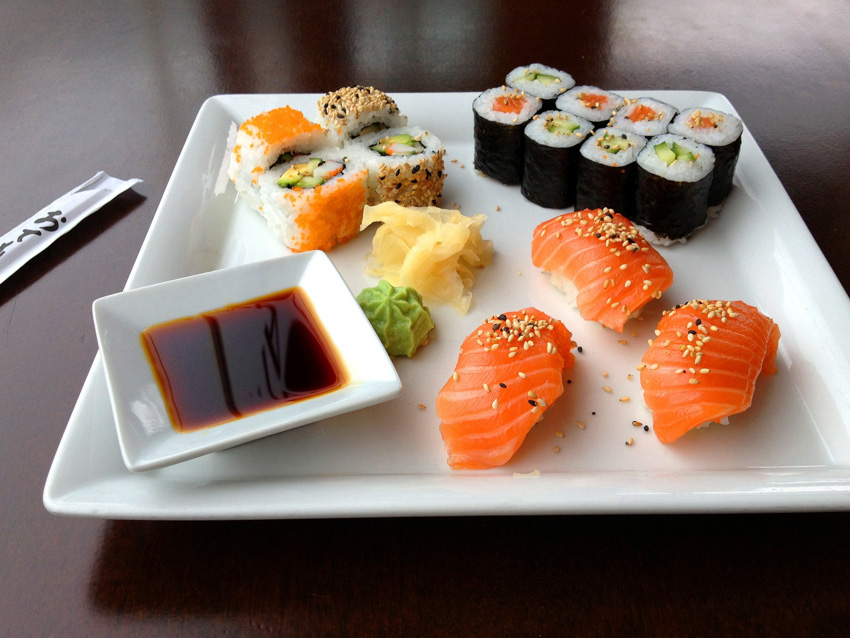
Though many people lean towards using chopsticks to pick up sushi pieces, it's still acceptable to savor sushi with your bare fingers. At the end of the day, using your fingers is a far more polite approach than treating sushi like an unfortunate target for stabbing! Just be sure to lightly dip your fingertips into soy sauce rather than dunking the entire piece, and then relish each bite with the confidence of a chopstick pro!
Much like sushi, sashimi is traditionally enjoyed with chopsticks, but you can also opt for a more direct and delicious experience by using your fingers (or even a fork) to savor the top-notch fresh fish. It's all about your table manners, and you can certainly deviate from the standard etiquette if it makes you feel more at ease – there's no "sashimi police" watching your every move!
How To Transform Raw Fish into Culinary Masterpieces
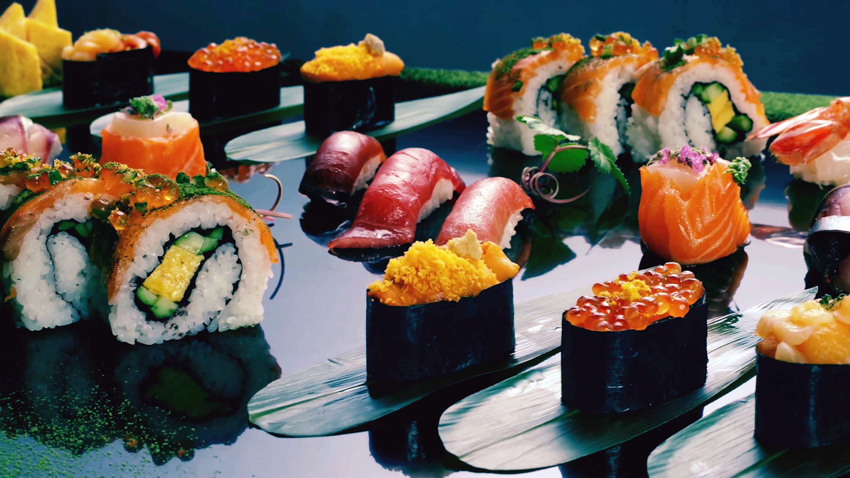
While sashimi and sushi have several differences, at their core, both require the use of impeccably sliced fresh fish. Achieving this high level of precision demands not only the artistic skills of chefs but also the absolutely indispensable tool known as the Yanagiba (柳刃包丁) knife. So, if you're aspiring to rival those seasoned masters and create restaurant-quality homemade sushi or sashimi, getting your hands on some razor-sharp and precise Yanagiba knives is step number one.
The best part? All it takes is a few clicks - you can now easily obtain authentic and exceptionally sharp Yanagiba knives from the centuries-old Japanese knife store, Kikuichimonji Cutlery. Based in Kyoto, Japan, Kikuichimonji Cutlery proudly carries a 750-year legacy of crafting Japanese blades using age-old samurai sword-making techniques, producing kitchen knives that are held in high regard by chefs around the globe.
Click here to browse through their wide range of authentic Japanese blades, including the renowned Yanagiba knives, but be careful not to strain your eyes (literally) just from admiring their exquisite beauty and sharp appearance!
About the Writer
Meet Mariam - a freelance writer whose heart beats for the captivating world of Japanese culture. She's fascinated by the breathtaking cherry blossom trees, the irresistible traditional dishes and snacks, the timeless fashion, the adorable natural makeup, and of course, the world-famous anime, just to name a few of her passions. Now, with boundless creativity and determination, she aims to deliver the most valuable content for readers to offer them a glimpse into her passions in life.

